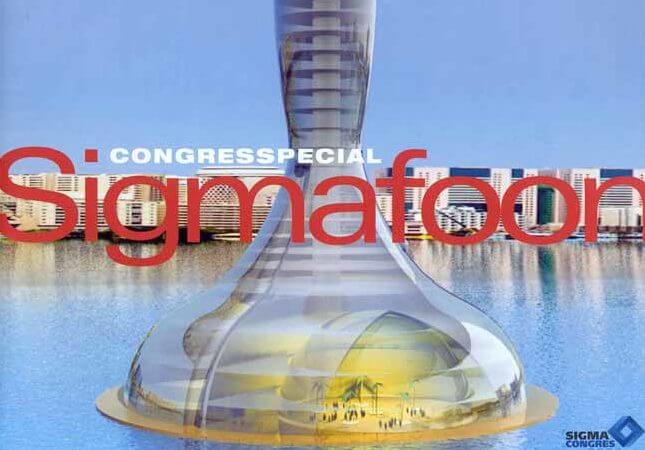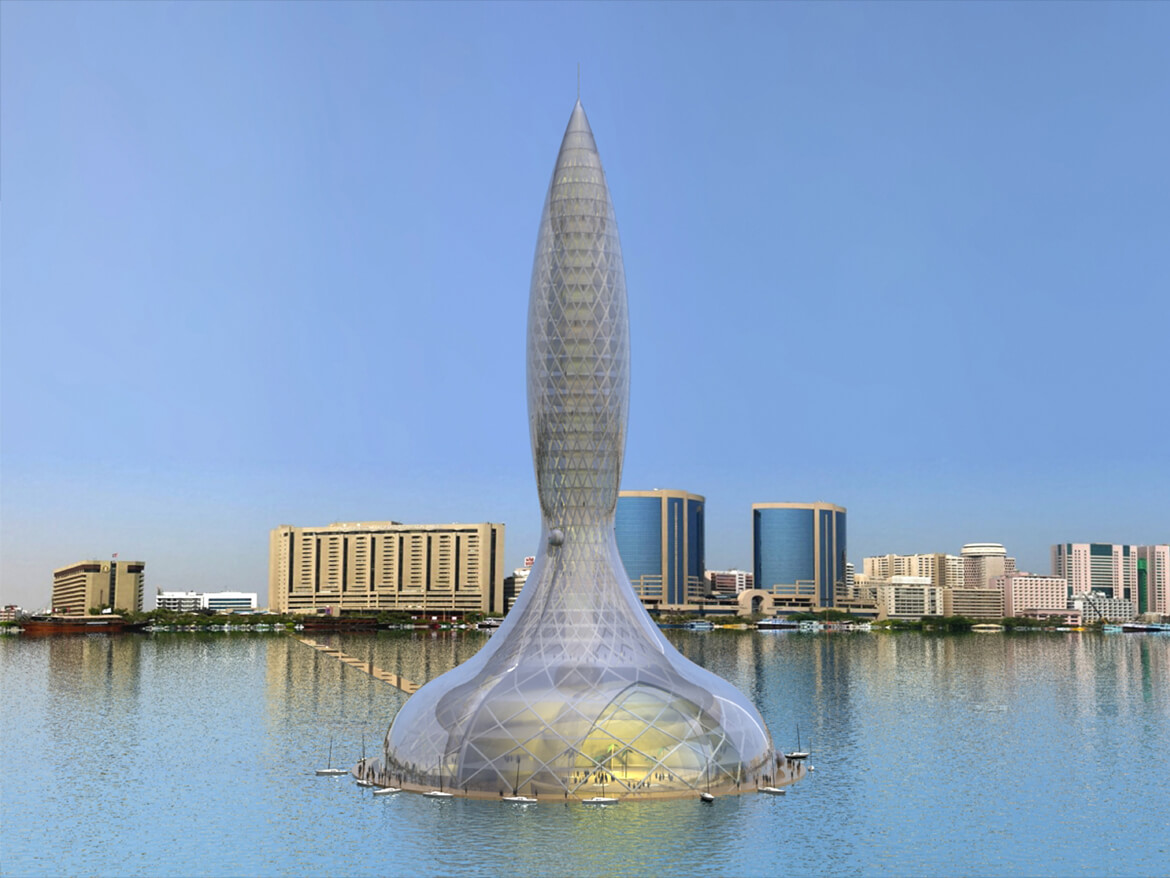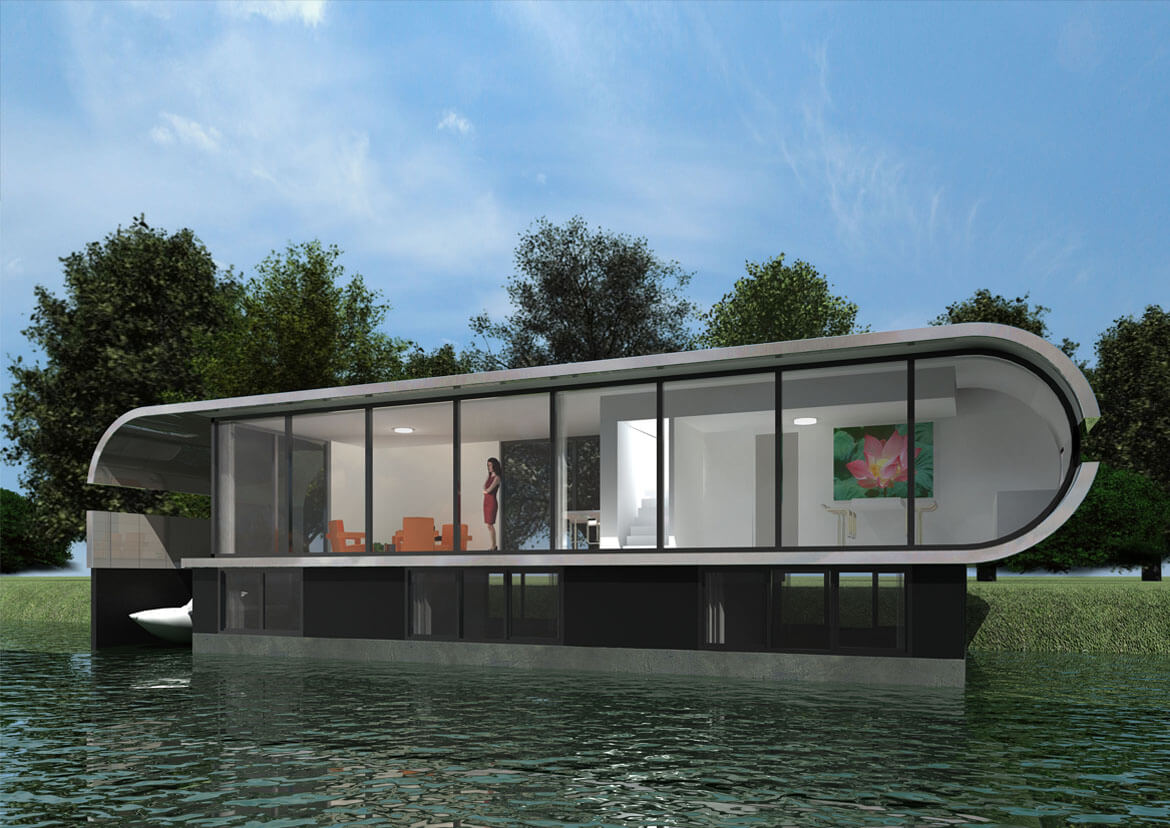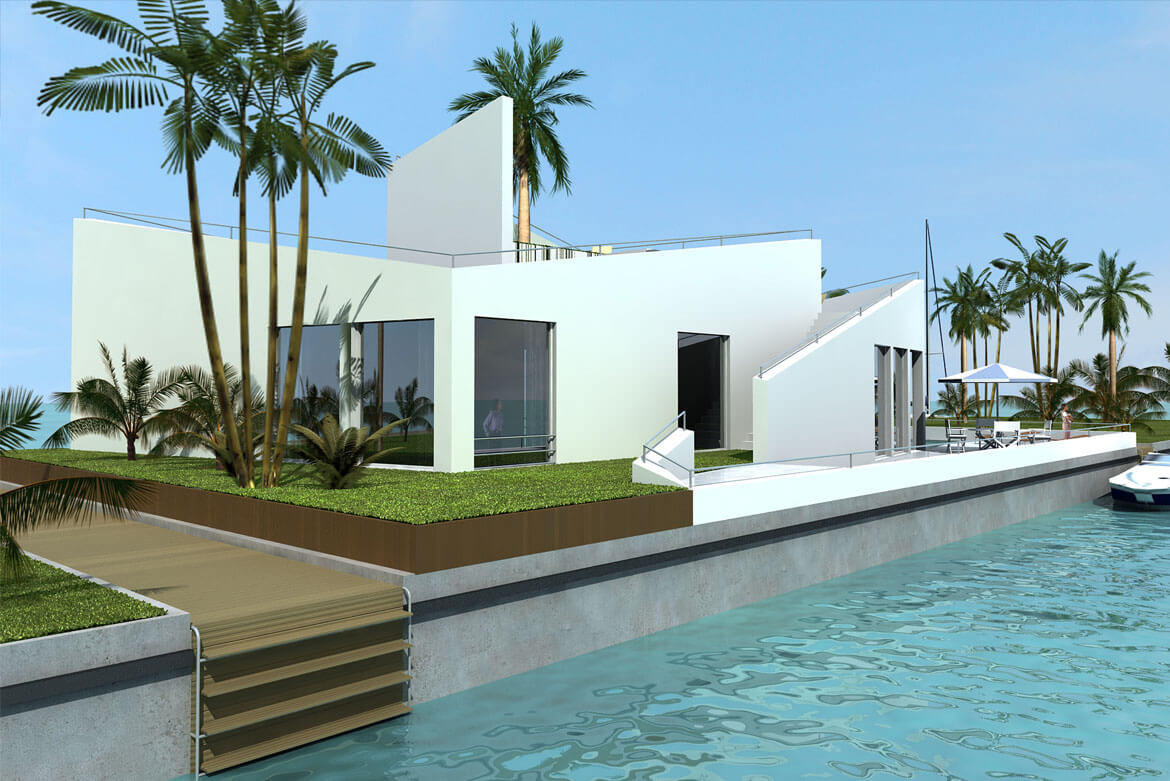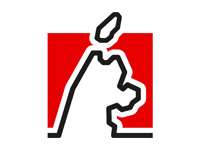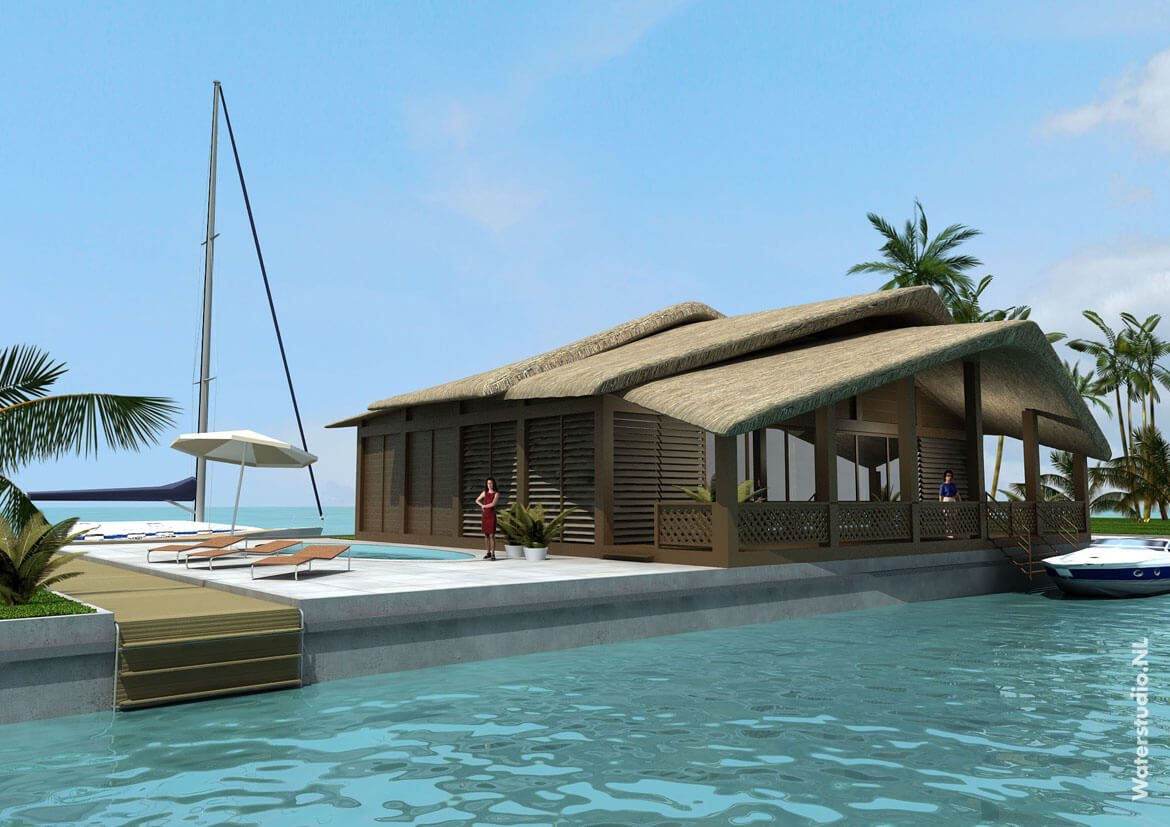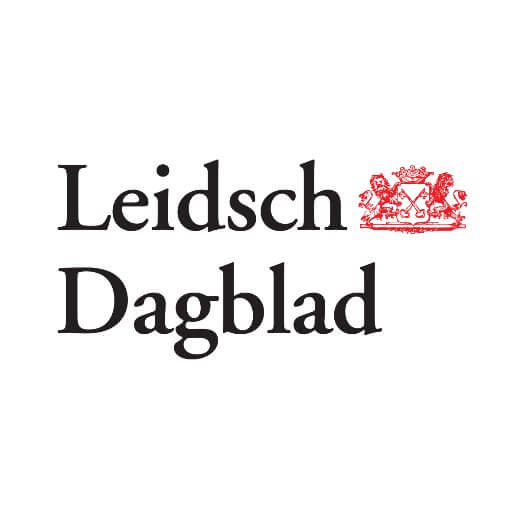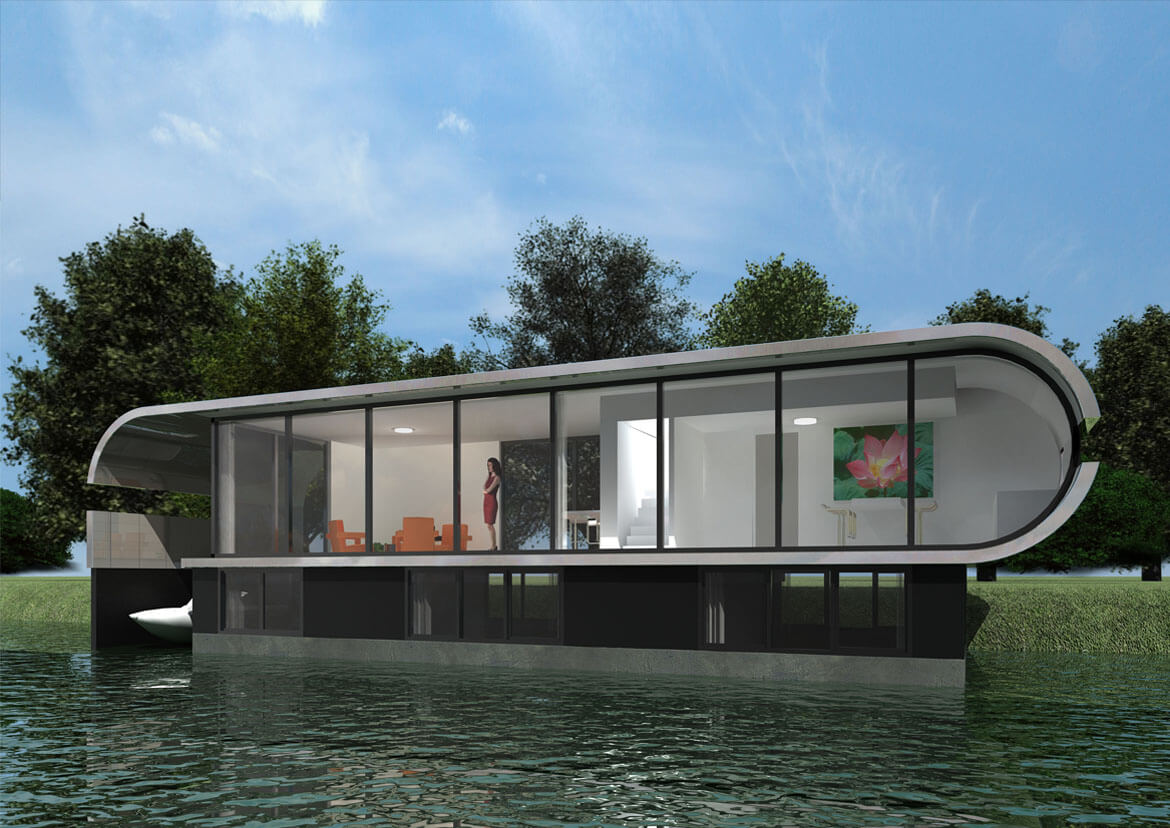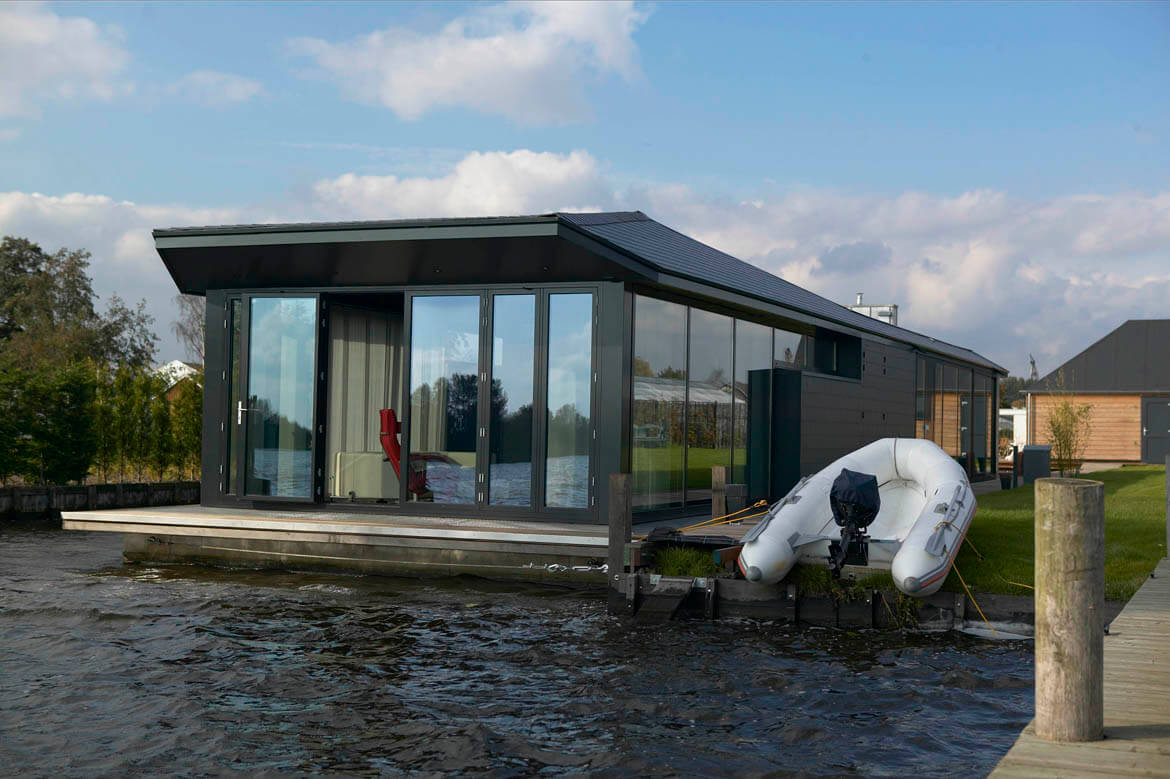Nog maar mondjesmaat wint de waterwoning (een drijvende woning of een woning op palen) aan populariteit, ook nu berging van water in Nederland een steeds groter probleem wordt en de ruimte om te bouwen schaarser. Dat een land dat wereldwijde faam geniet in de strijd tegen het water niet voorop loopt in het bouwen met het water, is vooral projectontwikkelaars aan te rekenen.Dat vindt althans Chris Zevenbergen van Dura Vermeer, een van de weinige bouwconcerns die wel serieus werkt aan innovaties op het gebied van bouwen met water. Meervoudig ruimtegebruik (wonen op water) komt onafwendbaar op ons af, weet Zevenbergen. ‘We zijn hier altijd gewend geweest land droog te pompen. We zullen straks zeker toe moeten naar woonwijken waar water niet alleen wordt vastgehouden maar ook nog eens gecontroleerd kan worden ingelaten.’Dura Vermeer ontwikkelde in de Maas bij Maasbommel 46 ‘amfibische’ woningen, woningen die meebewegen met het stijgende water. Dat project geldt als het voorbeeld van hoe het bieden van meer ruimte aan water gecombineerd kan worden met het bouwen van woningen. Ook is dit bedrijf verantwoordelijk voor de eerste drijvende kas, in Naaldwijk.Die twee initiatieven zijn nog maar de opmaat tot veel grotere projecten waarbij Dura Vermeer de berging en het beheer van water wil combineren met bouwen. Zevenbergen: ‘Het gaat ons veel meer om het ontwikkelen van nieuwe, bouwkundige concepten. De stedenbouw zal zijn dominante rol moeten gaan delen met water. In laaggelegen, dichtbevolkte gebieden als onze Deltametropool is een innovatieve manier van bouwen noodzakelijk.’Zeespiegelstijging, bodemverzakking, extreme regenval en meer aanvoer van rivierwater, klimatologen zijn het er over eens dat het watervraagstuk de komende decennia steeds meer aandacht gaat vragen. Tegelijkertijd blijft de druk op de ruimte in de Deltametropool (monding Rijn en Maas, onder de zeespiegel gelegen, vijf miljoen inwoners) toenemen. De verstening leidt nu al vaak tot overlast: na hoosbuien staan in het Westland de woningen blank, de bodem kan al dat water niet meer verwerken.Volgens Zevenbergen hebben de overheden oog voor de waterproblematiek. Hij wijst op het feit dat het een belangrijk onderwerp is voor het Innovatie Platform van het rijk, dat veel gemeenten bij bouwplannen ruimte maken voor waterberging en dat er bij de rivieren mag worden geëxperimenteerd met buitendijks bouwen. Minder enthousiast is hij over de inspanningen van ontwikkelaars: ‘Die zijn nog veel te weinig bezig met waterbestendig bouwen.’Bouwen met het water moet een soort nieuw Deltawerk van Nederland worden, vindt Zevenbergen. Hij wijst op een polder in de Haarlemmermeer waar minstens vijftienduizend woningen moeten worden gebouwd en die tevens is aangewezen als locatie voor waterberging. ‘Woningen op palen, drijvende woningen, bij zo’n opgave ben je verplicht om naar creatieve oplossingen te zoeken.’Dat geldt ook voor het plan-Westergouwe, een bouwplan van de gemeente Gouda in een van de diepstgelegen polders van Nederland. De kritiek dat het onzinnig is op zo’n risicovolle plaats te bouwen, deelt Zevenbergen niet. Het plan om in Westergouwe een hele drijvende wijk te bouwen getuigt juist van een innovatieve aanpak.Dat water als bouwgrond de toekomst heeft is de vaste overtuiging van Koen Olthuis, architect van Waterstudio.nl. Hij ontwerpt louter en alleen waterwoningen, waarvan er volgend jaar vier in de Leidse wijk Roombeek worden gerealiseerd. Hoewel veel van zijn ontwerpen vooral als vingeroefeningen moeten worden gezien (van een drijvend restaurant voor de kust voor IJmuiden tot futurologisch ogende hoogbouw in Dubai) weet Olthuis zeker dat hij de juiste markt heeft aangeboord.‘Met de ruimtenood in Nederland zal het toch meer en meer aankomen op meervoudig ruimtegebruik. Hoe kun je water verder nog economisch benutten? Daar zal het in de toekomst over gaan. Technisch is er geen enkel beletsel om te bouwen op water.’Dat de waterwoning niet altijd de toekomst heeft, bewijst de ervaring van het bouwbedrijf Ooms dat in Leeuwarden een aantal waterwoningen neerzette. De belangstelling viel tegen, mede omdat de woningen aan steigers lagen en de auto een eindje weg moest worden geparkeerd.Dat soort problemen voorzien de initiatiefnemers van de Waterbuurt West op het Amsterdamse IJburg niet. Daar wordt volgend jaar zomer begonnen met de bouw van een drijvende buurt. De paalwoningen moeten in 2007 klaar zijn, de drijvende huizen het jaar daarop.
Floating homes
4-04-2006, Discovery Channel, Daily Planet
Floating homes
Waterstudio.nl in het Discovery Channel programma Daily Planet

